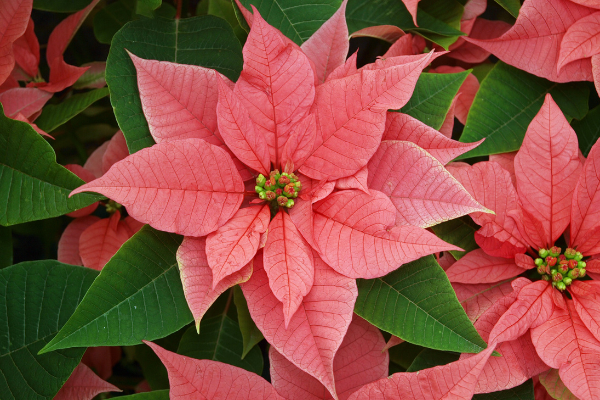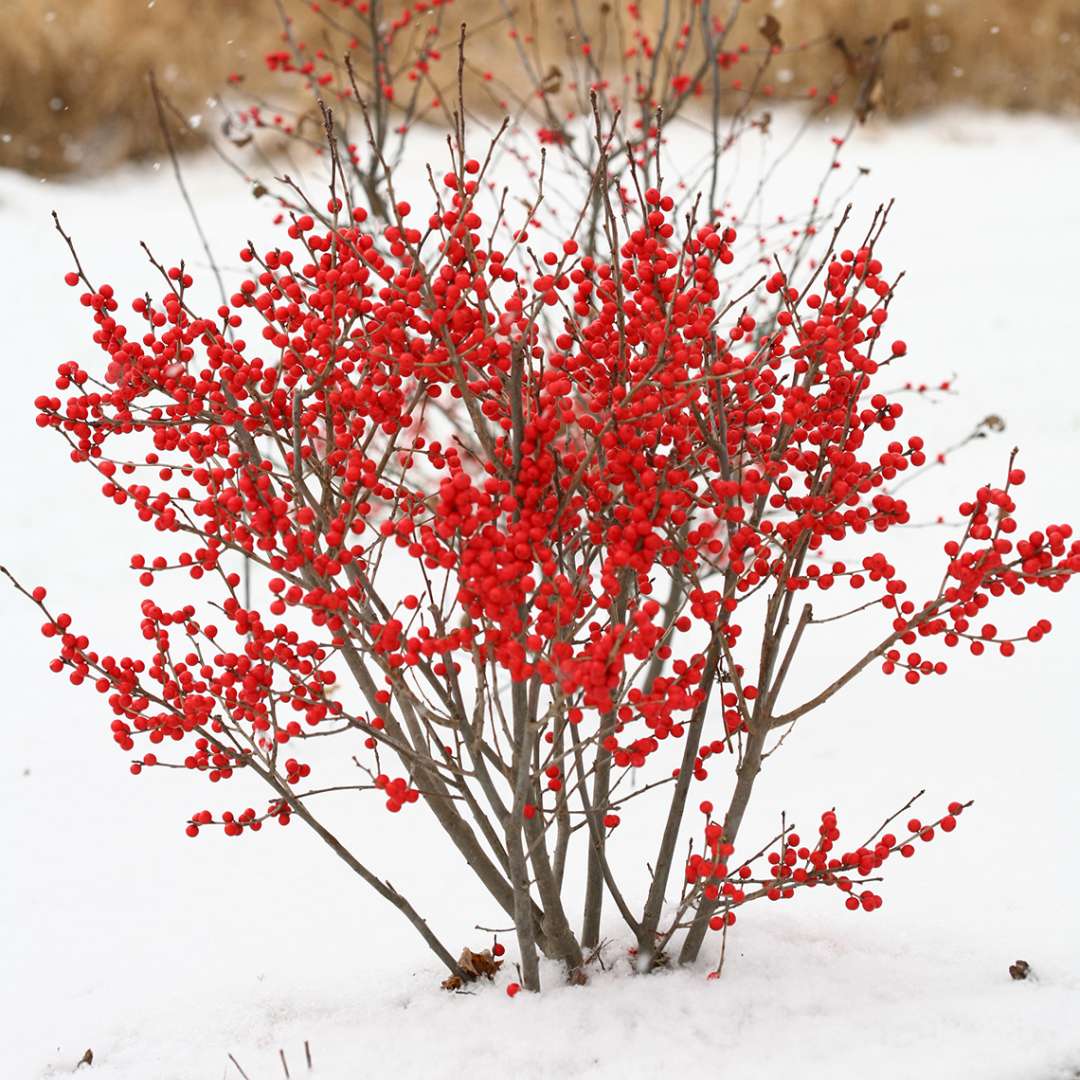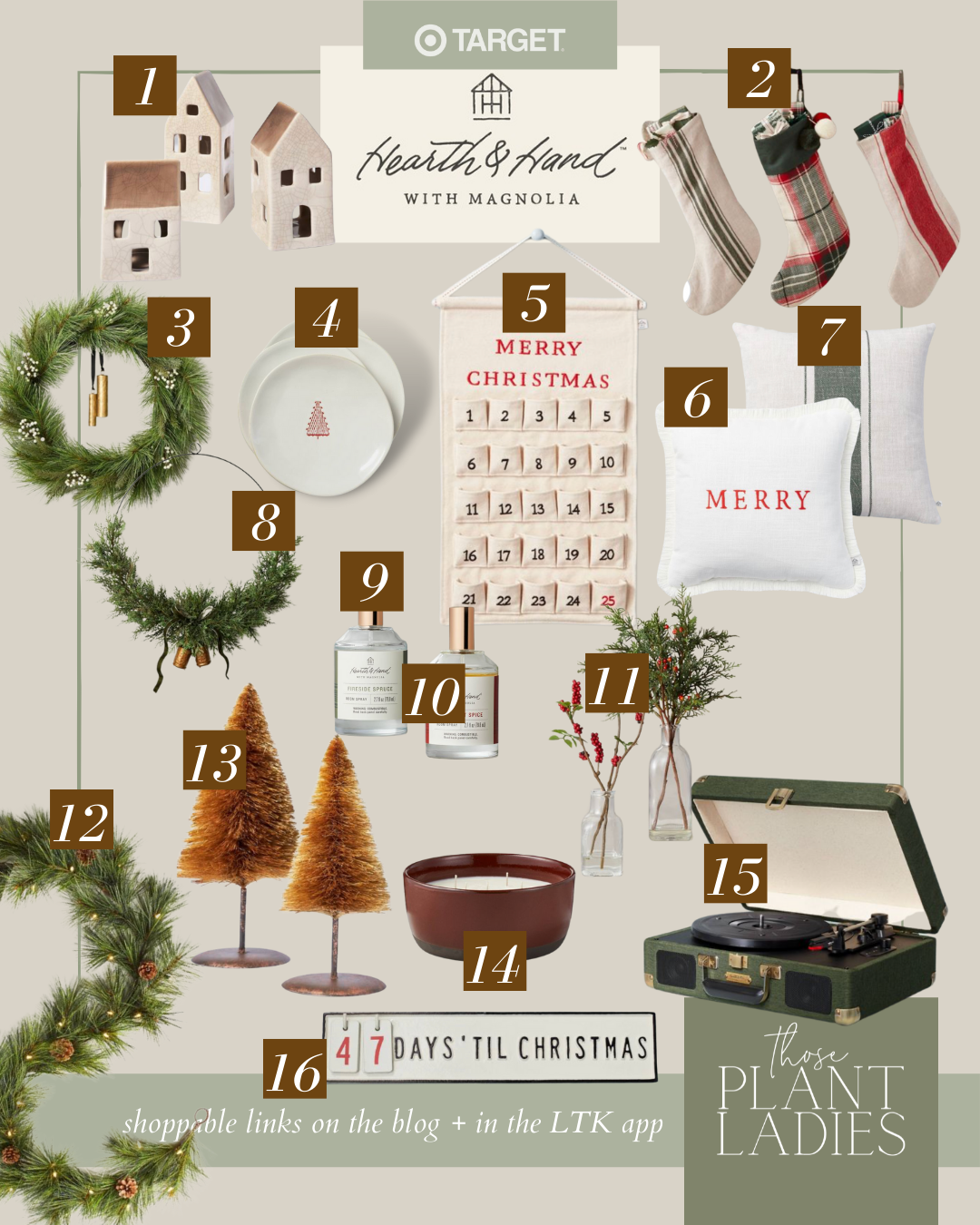Poinsettias are a classic of the holidays. Maybe you feel like they’re overdone and you kind of roll your eyes when other people get excited about them. Or maybe you love this Christmas classic and they way it brings back visions of your childhood. Either way, you’re bound to see them and probably will end up with one or two each year… by choice or by gift! If you have them, you might as well enjoy them and care for them through the holidays and even into the next year if you choose!

In most of the country, these plants can’t make it through the winter outdoors. However, they are native to the warmer areas of Mexico and survive there year-round as a medium-sized shrub. Here’s a peek at their beauty in nature.

Poinsettias come in a wide variety of colors and patterns in shades of ivory, red, and pink (if you see blue or purple ones, they are ivory and have been spray-painted – the glitter isn’t natural either!). The large, colored parts of the plant are considered bracts, or modified leaves, rather than flowers. The true, botanical flower of the poinsettia is only the small yellow center. The bracts on poinsettias are triggered to change color from green to red, ivory, or pink by lengthening dark nights that come in the winter. This will be important when you’re caring for poinsettias beyond the holidays.



- Provide your poinsettia lots of sunlight. Place them in view of a south-facing window – these windows receive the most sunlight. If you don’t have a south-facing window, choose east or west. A north-facing window receives the least amount of sunlight.
- Keep your poinsettias well-watered but not soaking wet. The top inch of soil should feel dry to the touch before you add more water. You can also lift the entire pot and it should feel more lightweight when the water has dried out of the soil.
- Indoor temperatures should be between 65-72 degrees. Avoid placing your poinsettia in places with temperature extremes such as near heating vents, fireplaces, space heaters, fans, or against cold windows.
- If you only intend to keep your poinsettia through the holidays, there is no need to fertilize or repot it.

This is for the most ambitious of plant ladies! It can be challenging, due to the strict light/dark requirements, to get your poinsettia to show color again for the next year’s holiday. If you are easily discouraged or have low natural light in your home, this might not be the project for you. But if you’re willing to try anything once or twice and want to experiment, this might just be your newest project!
- Continue to care for your poinsettias using the general guidelines above until you begin to see new leaf growth.
- When new leaves begin appearing, you should fertilize every 3-4 weeks with an all-purpose houseplant fertilizer. (Grab our favorite fertilizer here!) Continue doing this throughout the year.
- Prune back branches as needed to keep appearance tidy.
- When temperatures are consistently above 50 degrees (maybe even around 60, just to be safe), it’s time to move your plant outside! Start by placing it where it will receive indirect sunlight such as on a covered patio or porch. It can be moved to a sunnier location after 3-4 weeks outside.
- Continue to cut back throughout the year to stimulate branching and new growth.

- When temperatures are at risk of dropping below 50 at night, it is time to bring your poinsettias back inside. Keep them in a sunny location inside your home when you bring them in.
- At the end of September, you should begin providing them long periods of uninterrupted darkness at night. Place them in a basement with no windows or lights, put them under a box, or whatever you need to do to exclude them from any light for 14-16 hours each night. You will need to uncover them or put them back in your full sun location each day.
- By Thanksgiving, you should see the coloration beginning to appear. Discontinue your dark night treatment and start over again, caring for your poinsettia like you just bought it fresh from the store for this Christmas!





